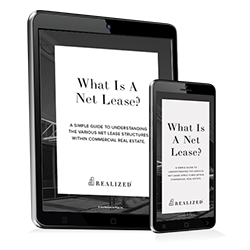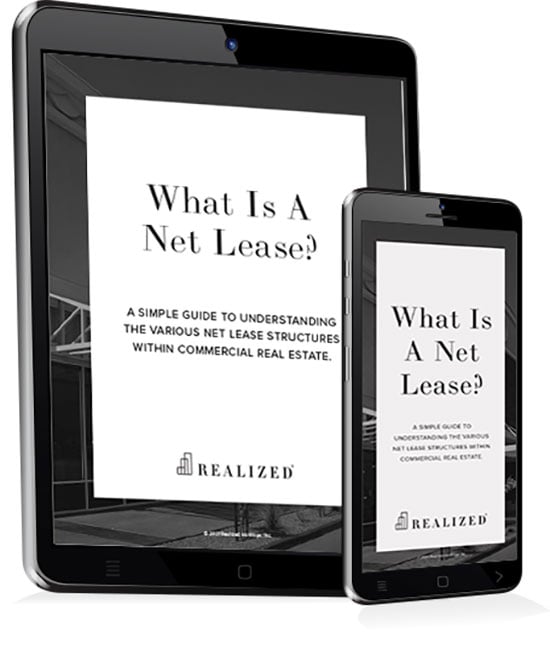
Commercial property leases can take several forms. There are fundamental gross leases in which the tenant pays rent and usually utilities. Gross leases are most like residential rentals in that the owner bears the operating costs of the property. There are leases on the opposite end of the spectrum called absolute leases. The tenant assumes responsibility for virtually all property expenses, including real estate taxes, insurance, maintenance, and repairs. Large national clients generally undertake these. In between these extremes are the categories of net leases (single, double, and triple), which shift some operating expenses from the property owner to the tenant or tenants. Typically, a commercial real estate investor may look to one of the net lease options to reduce property oversight and enjoy stable and predictable cash flow. The net lease usually includes the following:
- Single Net: Tenant pays rent plus property taxes
- Double Net: Tenant pays rent plus property taxes and insurance
- Triple Net: Tenant pays rent, property taxes, insurance, and maintenance fees
Essentially, in a triple net lease, the owner transfers most traditional costs of ownership to the tenant in exchange for a lower rent. If a single tenant occupies the building, the payment of insurance, property taxes, and maintenance items can be made directly by the tenant to the service provider or tax authority. If tenants share the building, the owner will calculate the share of expenses owed by each.
In multi-tenant buildings, the maintenance and upkeep of common areas (including lobbies, courtyards, hallways, communal bathrooms, parking areas, and storage) need to be accounted for in determining NNN fees. Usually, the owner will enumerate the annual total for common area expenses and add insurance, property taxes, and maintenance costs. Divide that by 12, and you arrive at the monthly fee. How to share the operating cost among the tenants can be a source of conflict. One equitable solution is to divide the amount by the facility's total square feet and then divide that on a proportionate basis among the tenants. For example, if there are three equal-sized tenants, then they can share the costs equally. But if there is one business that holds half of the building and ten others using the rest of the space in varying amounts, you will need a more sophisticated breakdown.
One thing to keep in mind whether you are the owner or the tenant is that not all of any building is rentable. Every lease includes some unusable space—between 10 and 25% of the square footage, on average. The calculation of square footage can impact the determination of NNN fees. Also, the formula should be flexible if the layout of the building changes to accommodate new tenants. Suppose space previously used as storage (and thus charged as overhead) becomes rented to a new tenant. In that case, the owner should alter the allocation of utilities and operating costs to reflect the new cost-share.
Other disputes may arise over the definition of capital expenditures and whether the tenant should assume these as an operating expense or not. For example, if a tenant is responsible for repairs, and the owner installs a new air conditioning system when the old one breaks. One can argue that installation is a capital improvement rather than a repair. The language of the lease should be explicit in addressing such cases.



